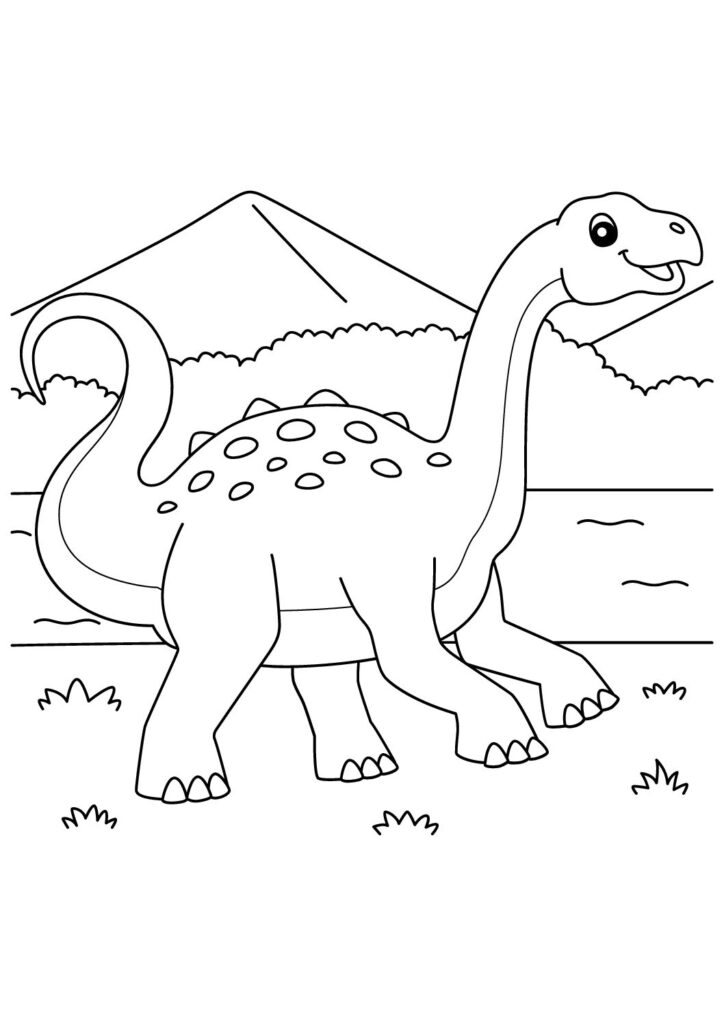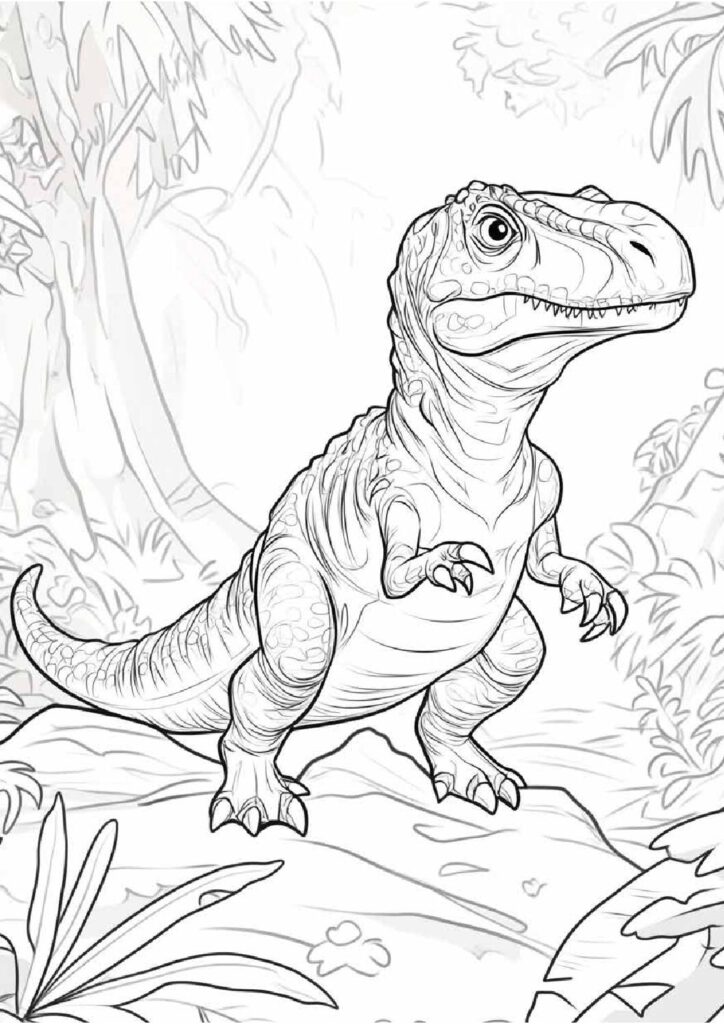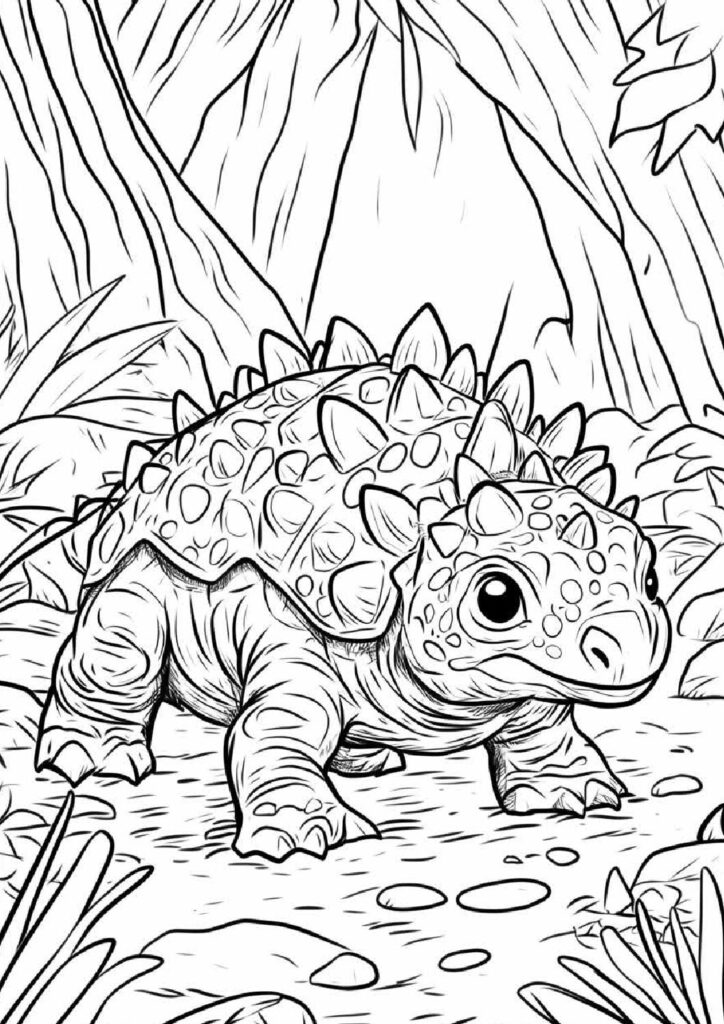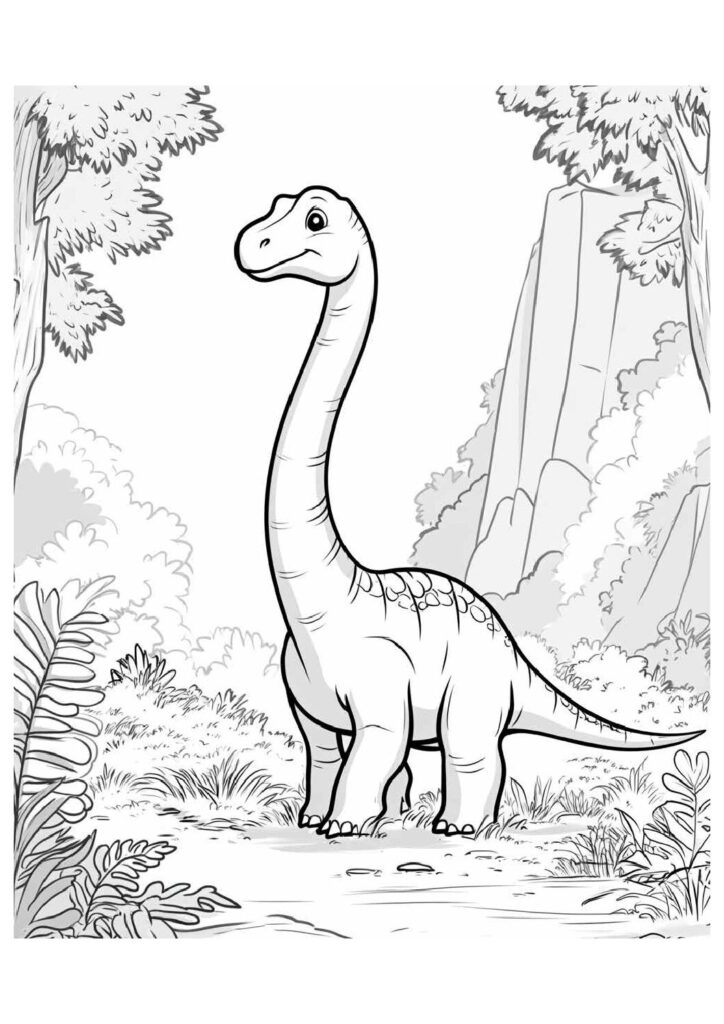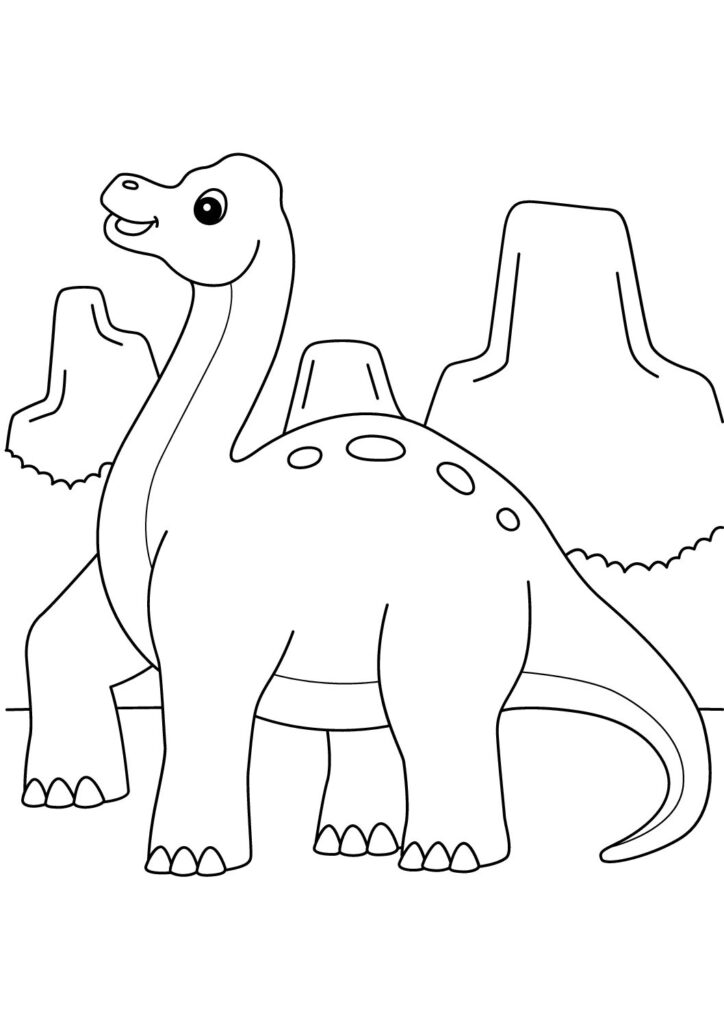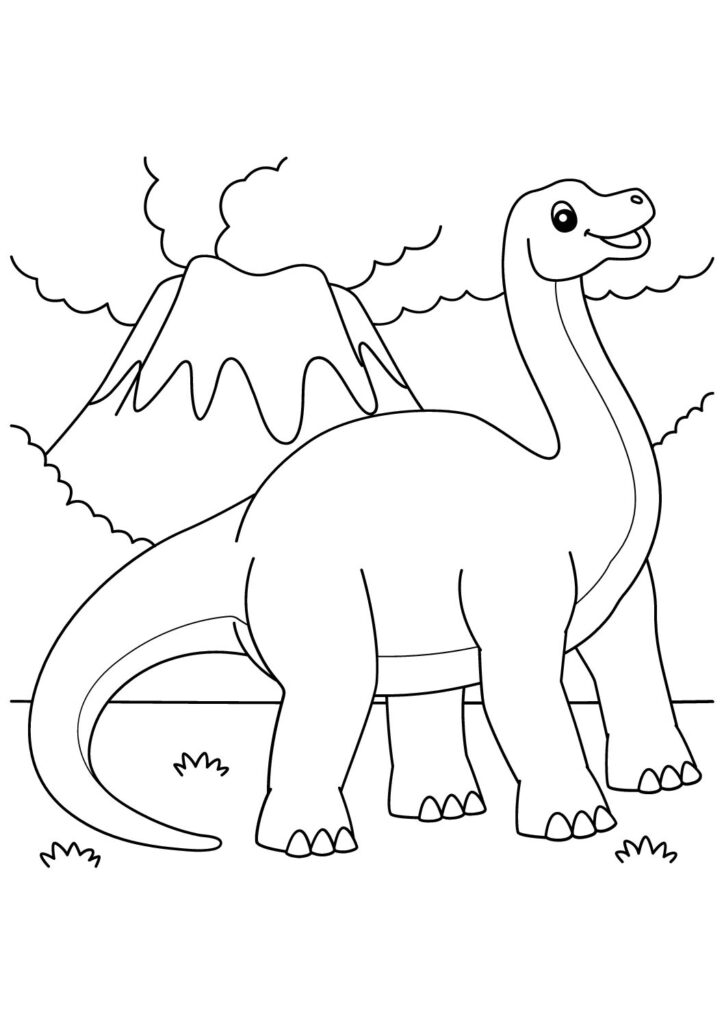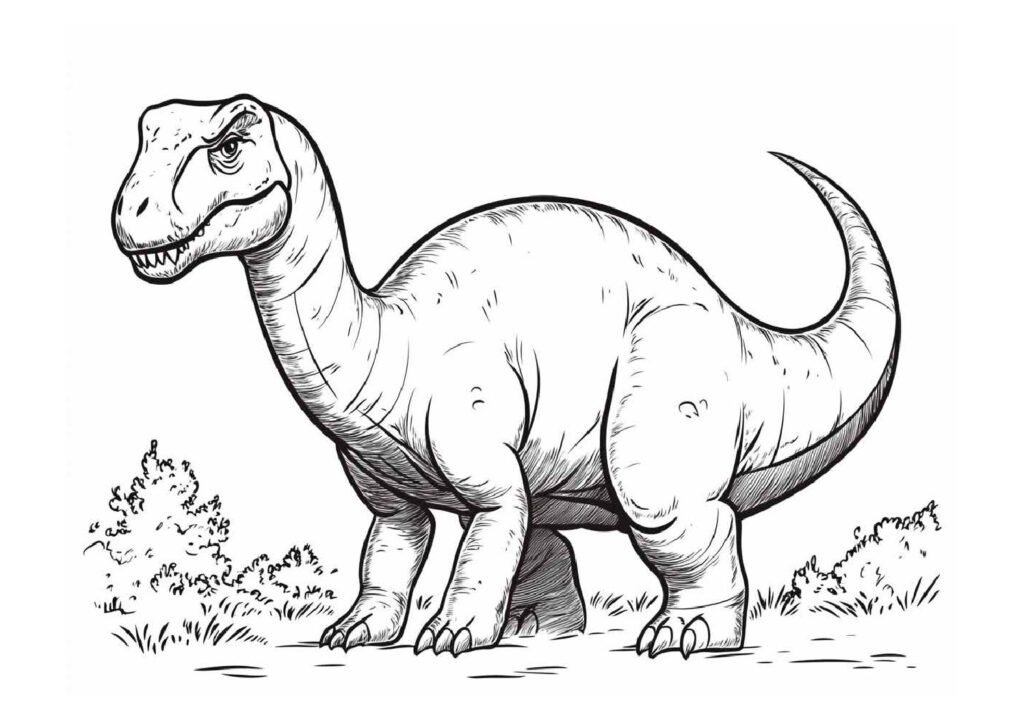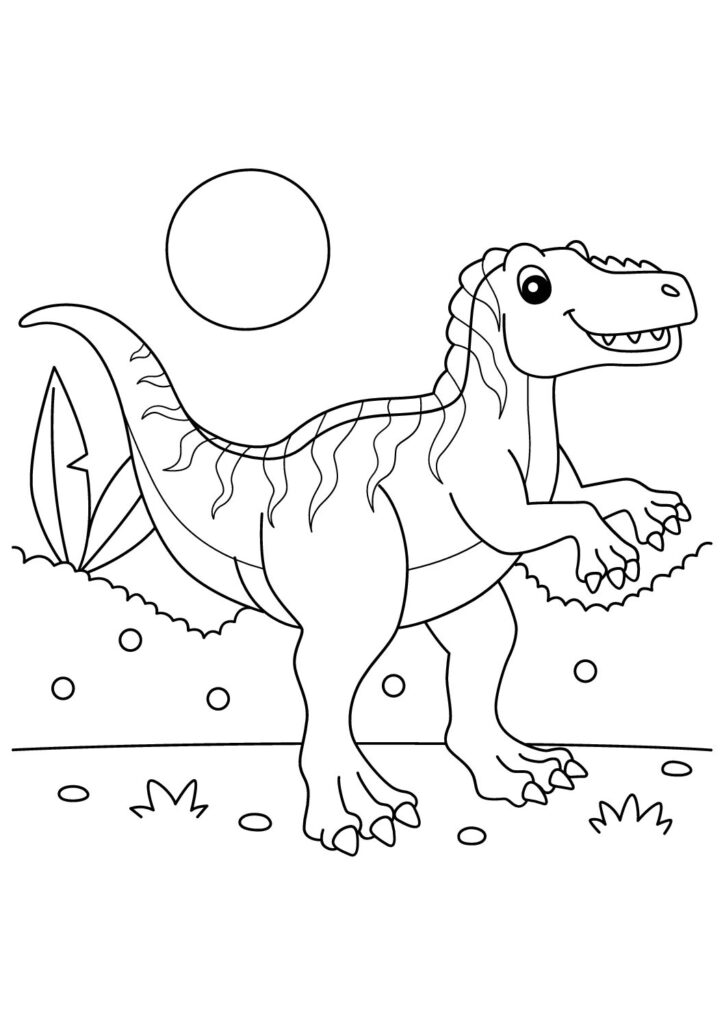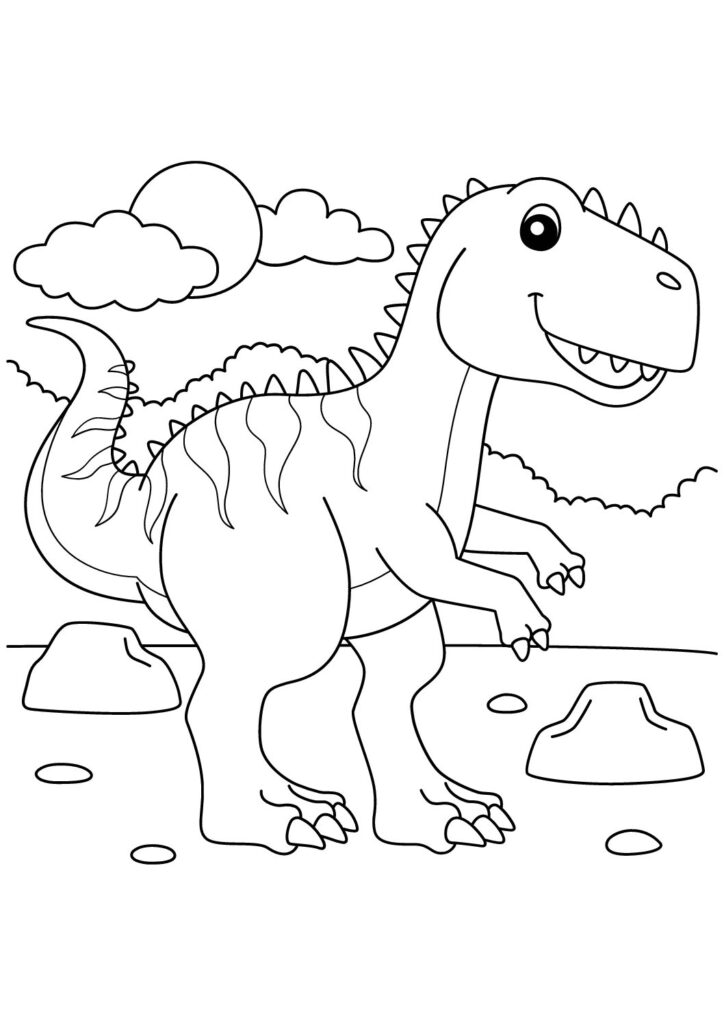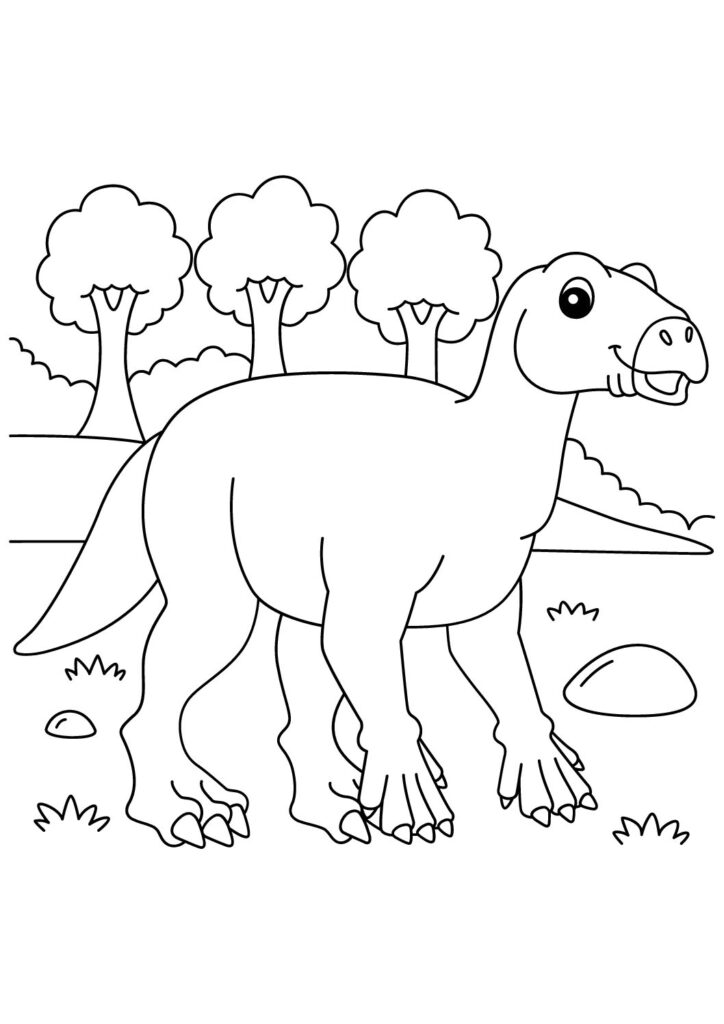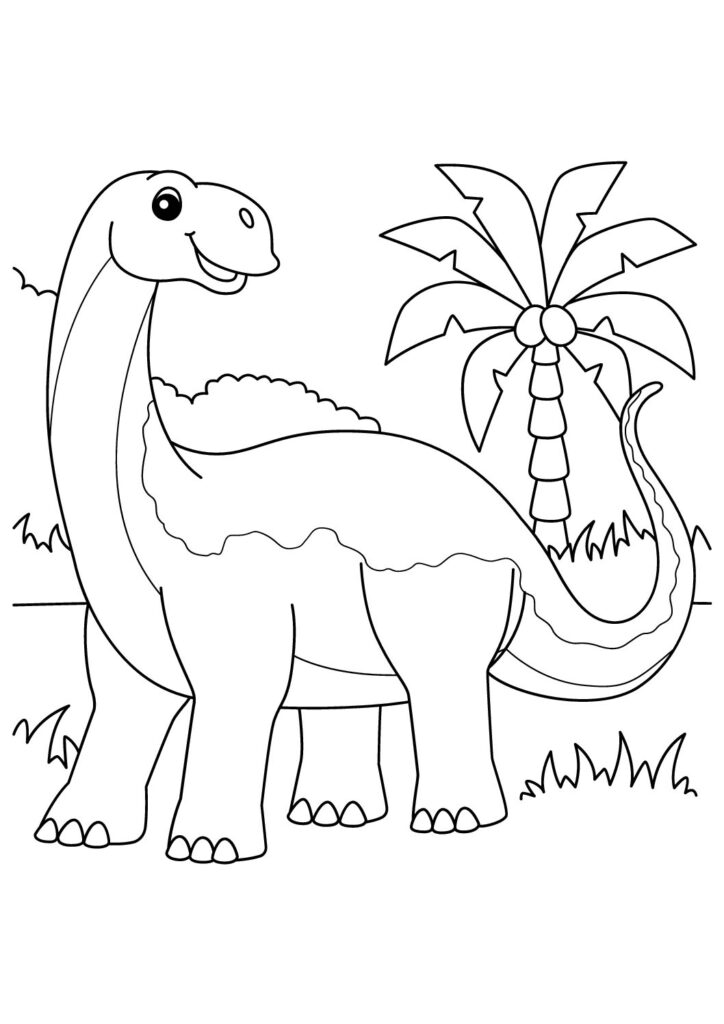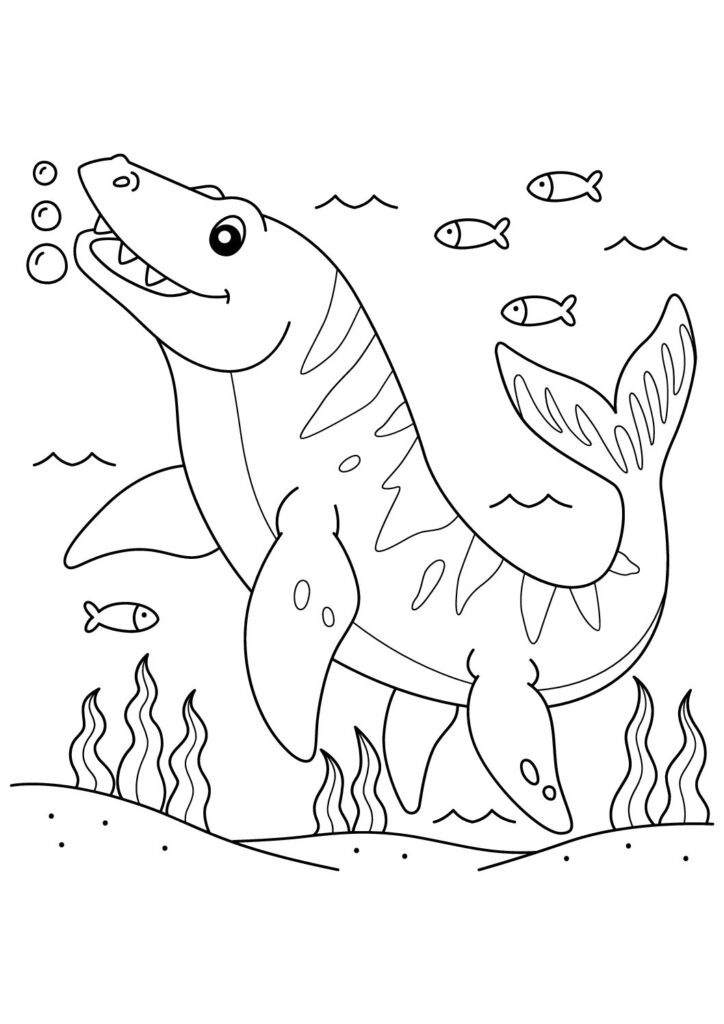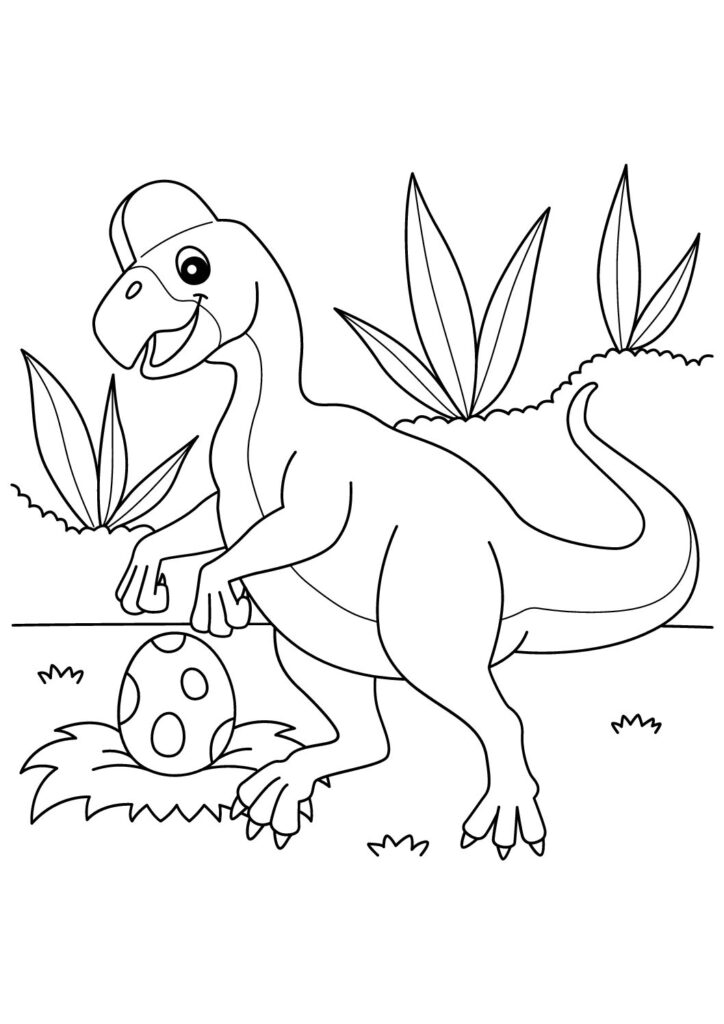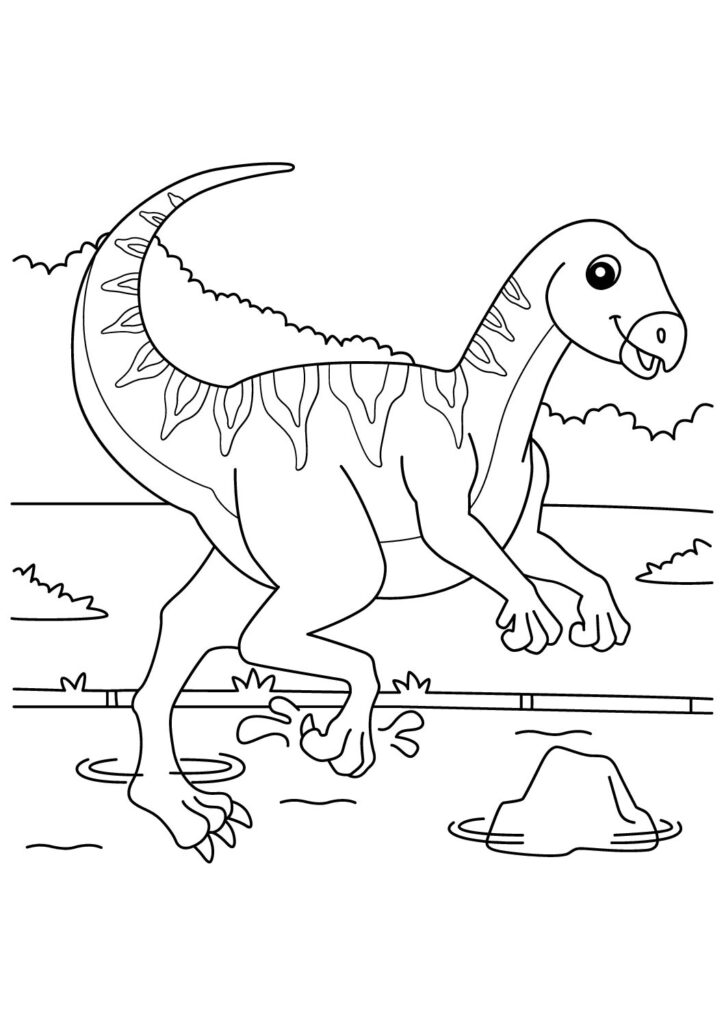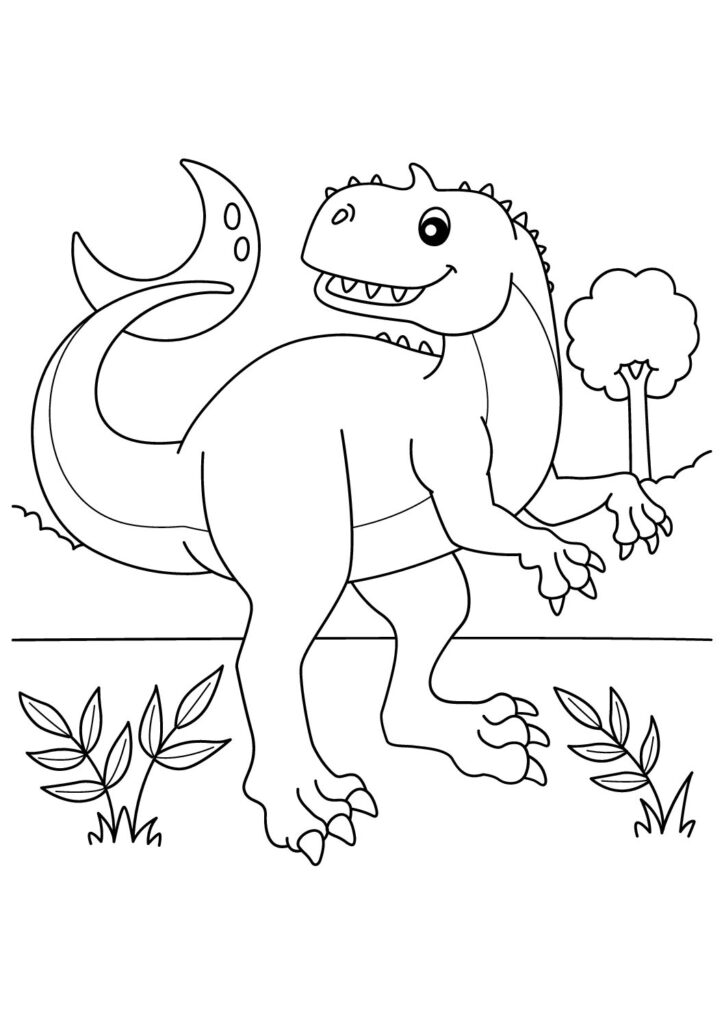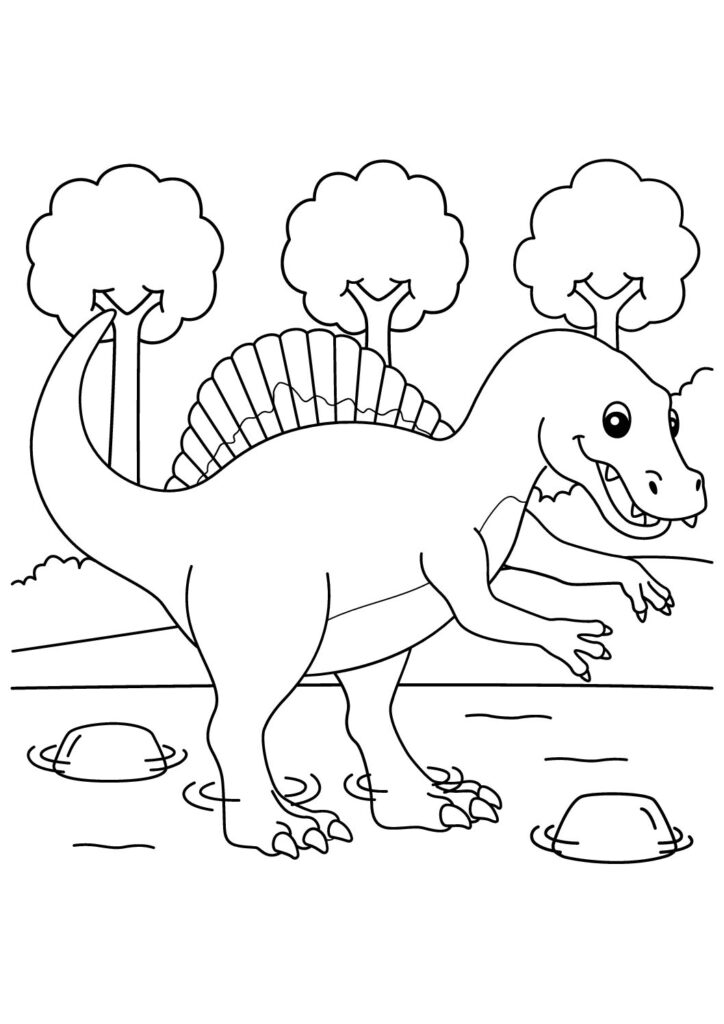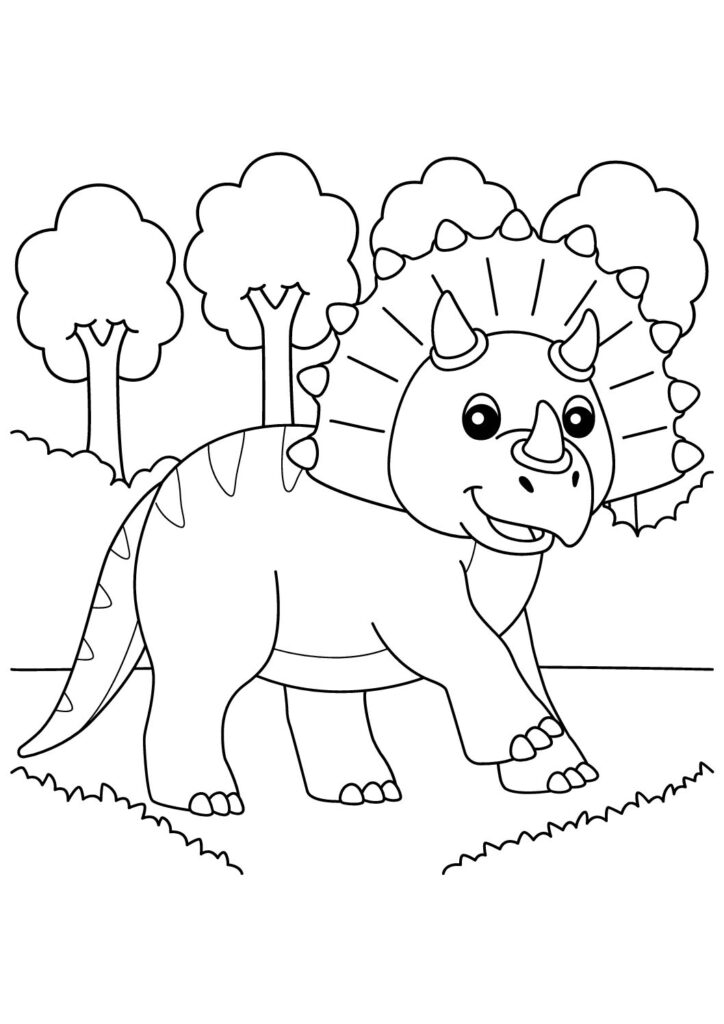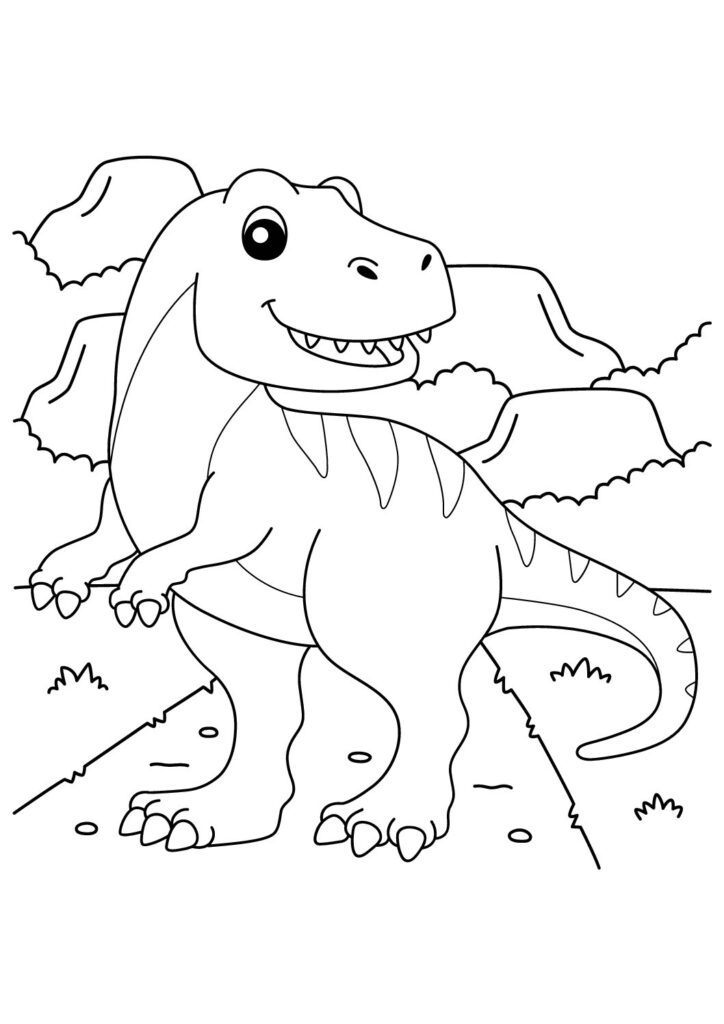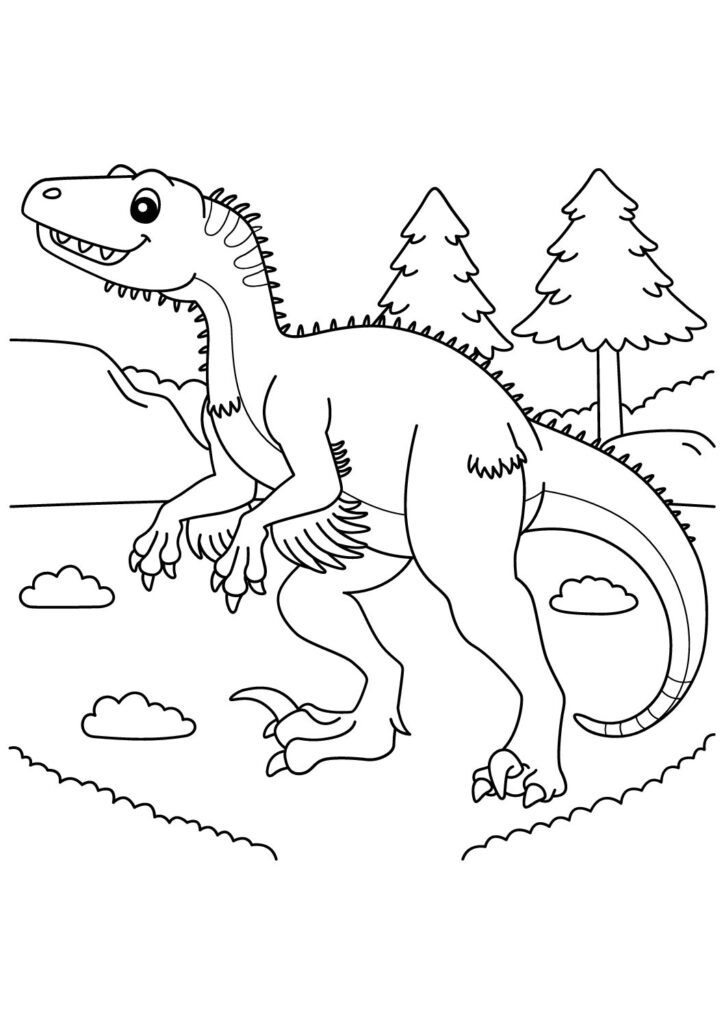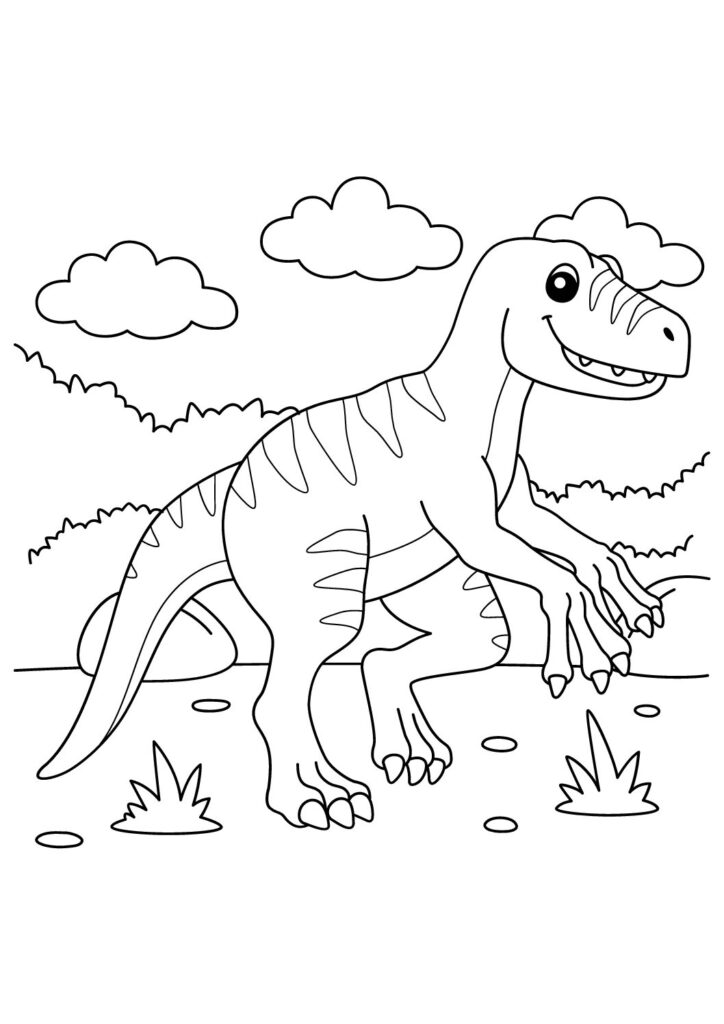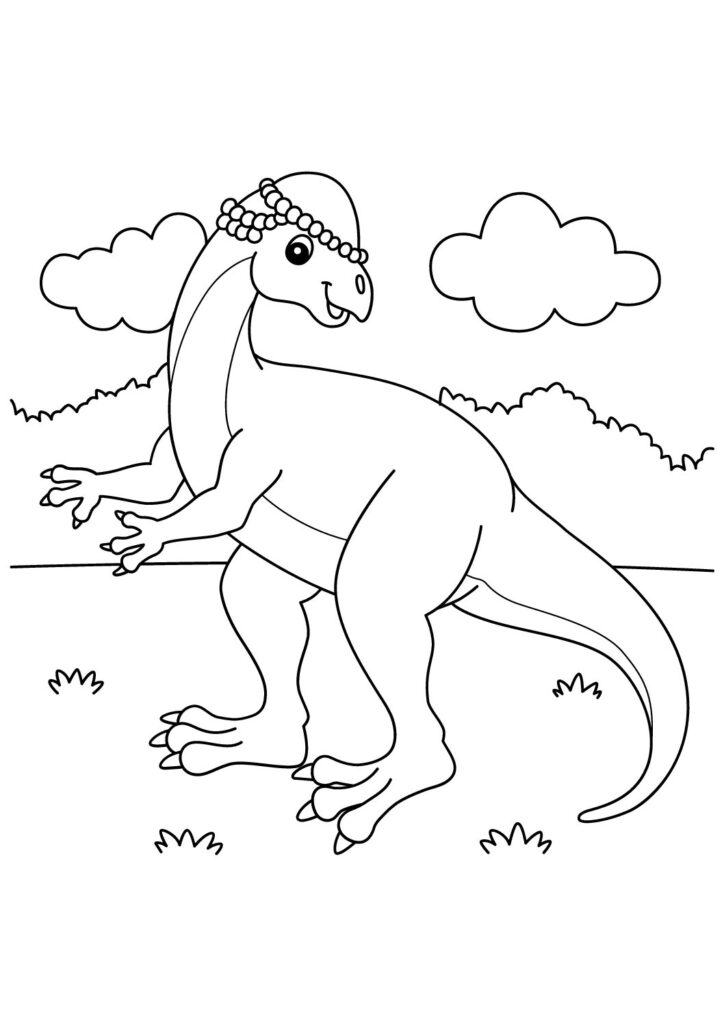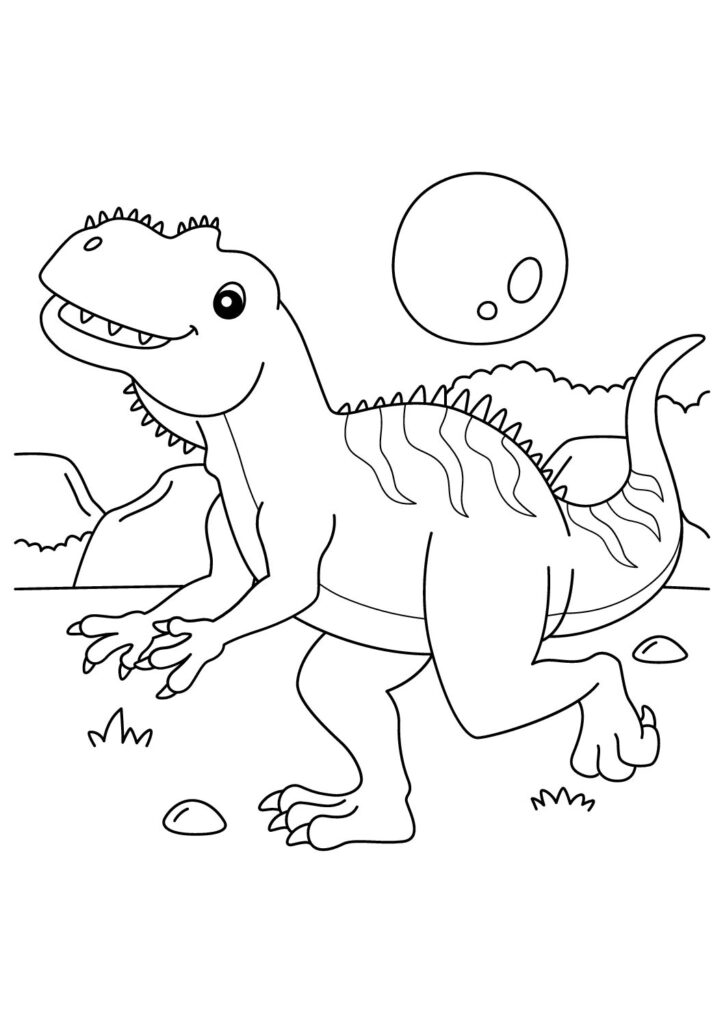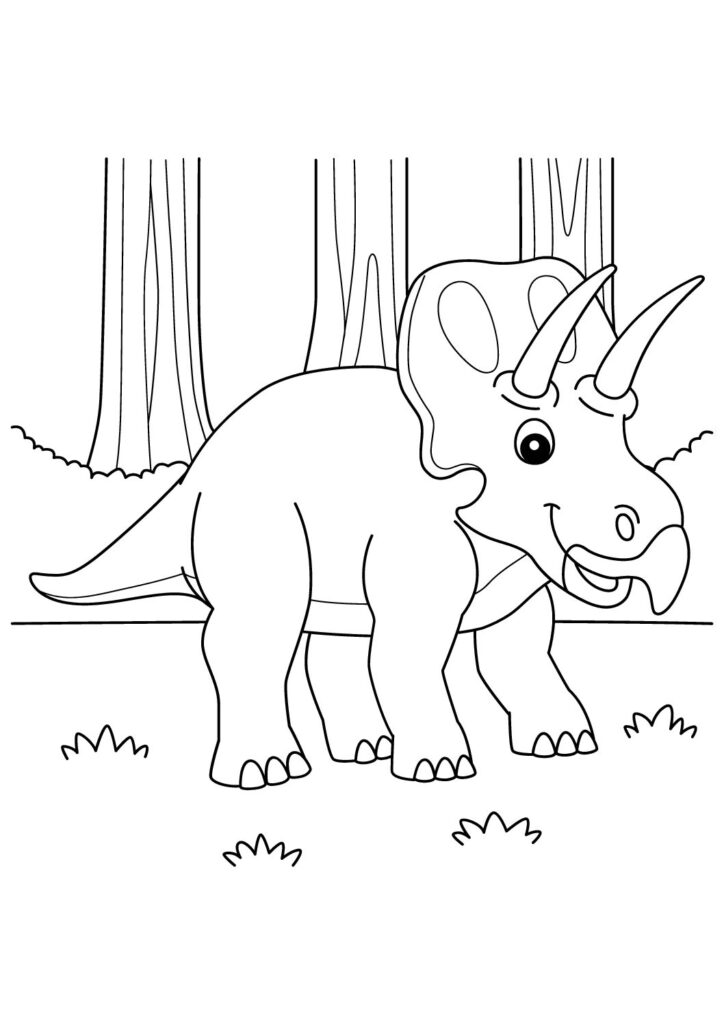1 Free Neuquensaurus Coloring Pages for Download (Printable PDF)

Lumber into our free printable collection of Neuquensaurus coloring pages featuring these stocky sauropods in their impressive poses! Download these high-quality sheets showcasing these titanosaurs with their thick necks, robust bodies, and powerful tails displaying their incredible strength and size. Perfect for kids and dinosaur enthusiasts, these detailed prehistoric coloring pages capture the sturdy nature of these plant-eating creatures known for their uniquely strong build among Late Cretaceous dinosaurs. Each printable sheet brings these amazing South American giants to life, highlighting their broad shoulders, powerful legs, and distinctive armored skin!
Fascinating Neuquensaurus Facts: The Complete Guide to Argentina's "Neuquén Lizard"
Introduction
Neuquensaurus australis represents one of South America’s most significant titanosaur discoveries, roaming what is now Patagonia during the Late Cretaceous period approximately 80-66 million years ago. This remarkable sauropod, whose name honors Argentina’s Neuquén Province where it was discovered, provides crucial insights into the diversity and specialization of titanosaurs—the last great group of sauropod dinosaurs that dominated Southern Hemisphere ecosystems before the end-Cretaceous extinction event.
Physical Characteristics
Despite being classified as a saltasaurid titanosaur—the most derived titanosaur group—Neuquensaurus reached relatively modest dimensions compared to its giant relatives, with length estimates of 50-60 feet and weight approximations of 15-20 tons. Its most distinctive anatomical features included unusually robust hind limbs with massive femurs, specialized vertebrae with complex internal air spaces (pneumaticity), and an extensive armor system consisting of bony plates (osteoderms) embedded in its skin for protection.
Evolutionary Significance
Neuquensaurus belongs to Saltasauridae, a family of advanced titanosaurs that developed unique specializations including extensive body armor and distinctive vertebral structures. These evolutionary innovations represent adaptations to increasing predation pressure from large theropods like Abelisaurids that evolved in South America during the Late Cretaceous, demonstrating how prey animals developed new defensive strategies in response to changing ecological threats throughout dinosaur evolution.
Scientific Discovery
The first Neuquensaurus remains were discovered during early expeditions to Patagonia in the late 19th century, with initial description by renowned Argentinian paleontologist Florentino Ameghino in 1893 under different names. Subsequent discoveries and taxonomic revisions by scientists including John Bell Hatcher and Friedrich von Huene helped establish it as a distinct genus, though its complex taxonomic history reflects the challenges of working with often fragmentary titanosaur fossils.
Paleoenvironment
During Neuquensaurus’s time, Patagonia featured a warm, seasonal climate supporting diverse plant life including conifers, early flowering plants, and ferns that these massive herbivores consumed in extraordinary quantities. This productive ecosystem supported numerous titanosaur species alongside other dinosaurs including abelisaurid theropods like Carnotaurus, demonstrating the remarkable biodiversity that characterized South American ecosystems during the final stages of the Cretaceous period.
Research Significance
Recent studies of Neuquensaurus fossils have revealed important information about titanosaur growth patterns through histological analysis of bone microstructure. These findings suggest Neuquensaurus grew rapidly during early life stages before slowing as it approached adulthood—similar to patterns observed in modern birds and mammals but differing from some other dinosaur groups, providing valuable data for understanding the life history of these remarkable animals.
Cultural Impact
Neuquensaurus holds special significance in Argentinian paleontology as one of the first dinosaurs described from the country, helping establish Argentina’s importance in Southern Hemisphere dinosaur research. Today, Argentina remains a global center for titanosaur discoveries, with numerous world-class museums and research institutions continuing to uncover and study these remarkable animals that once dominated South American landscapes.
